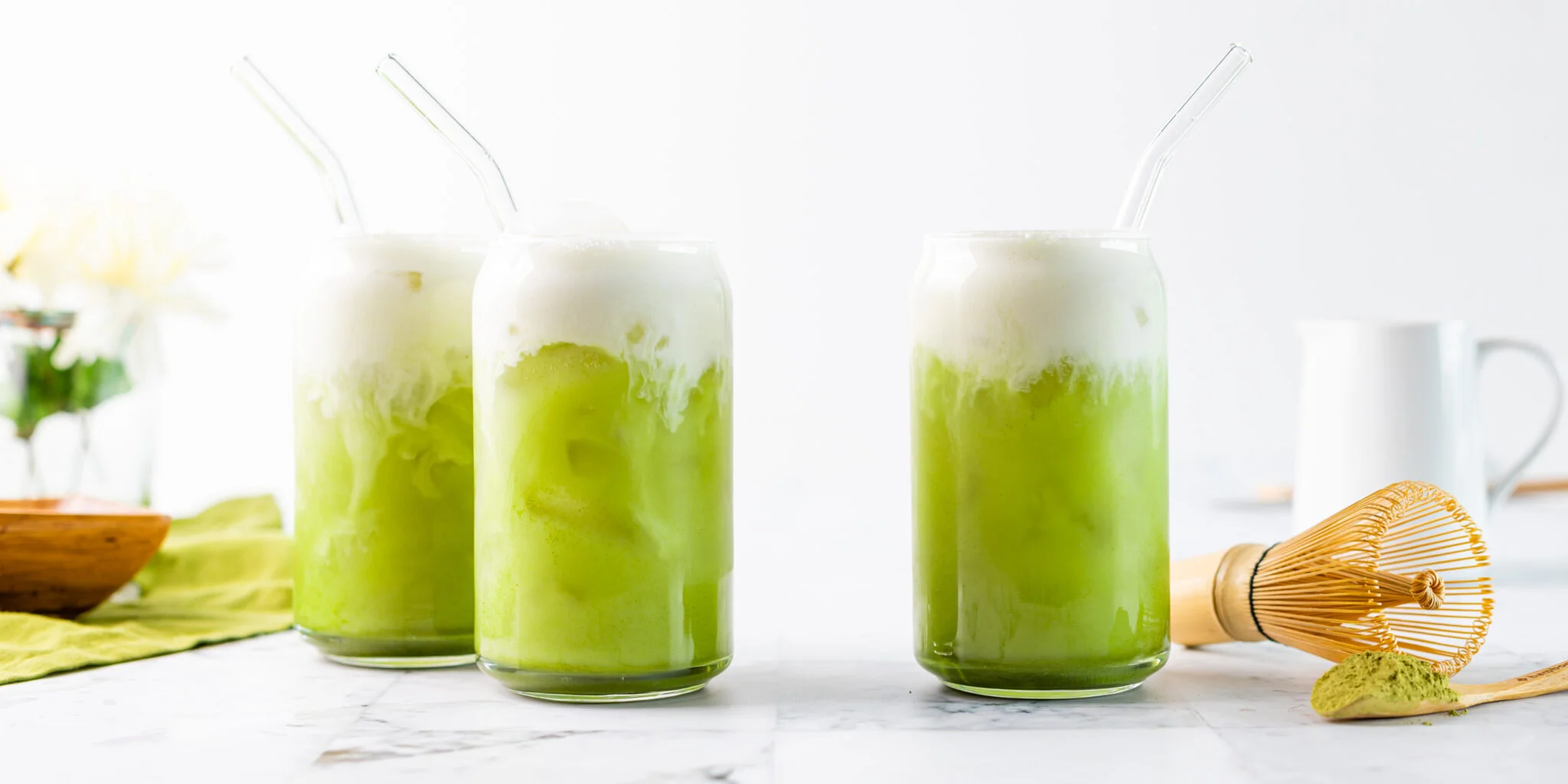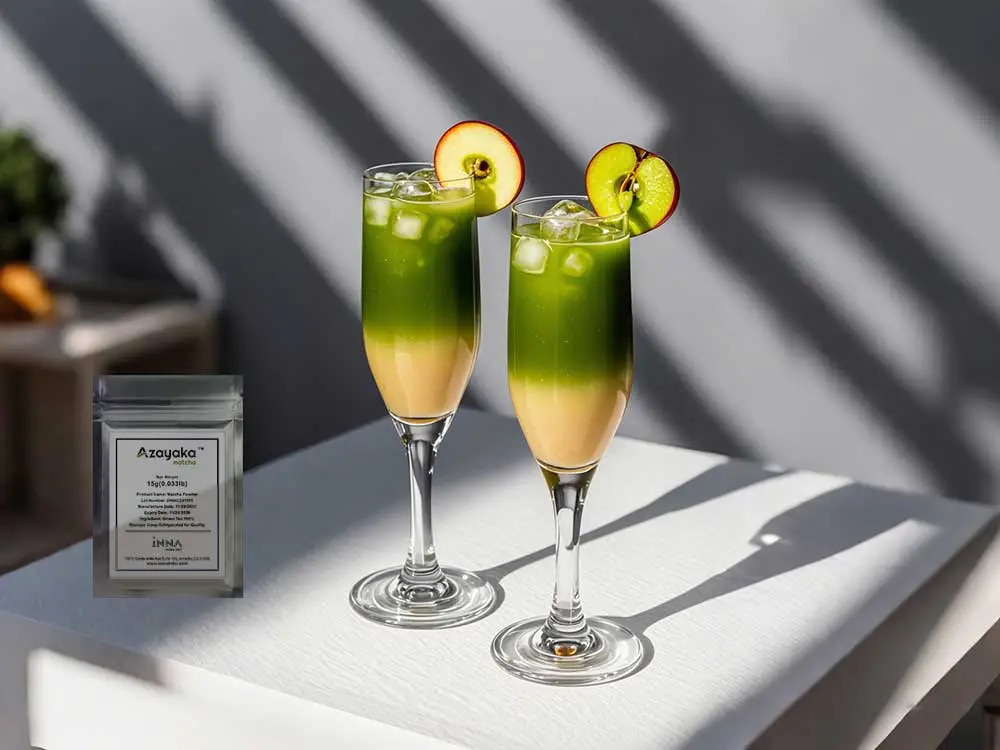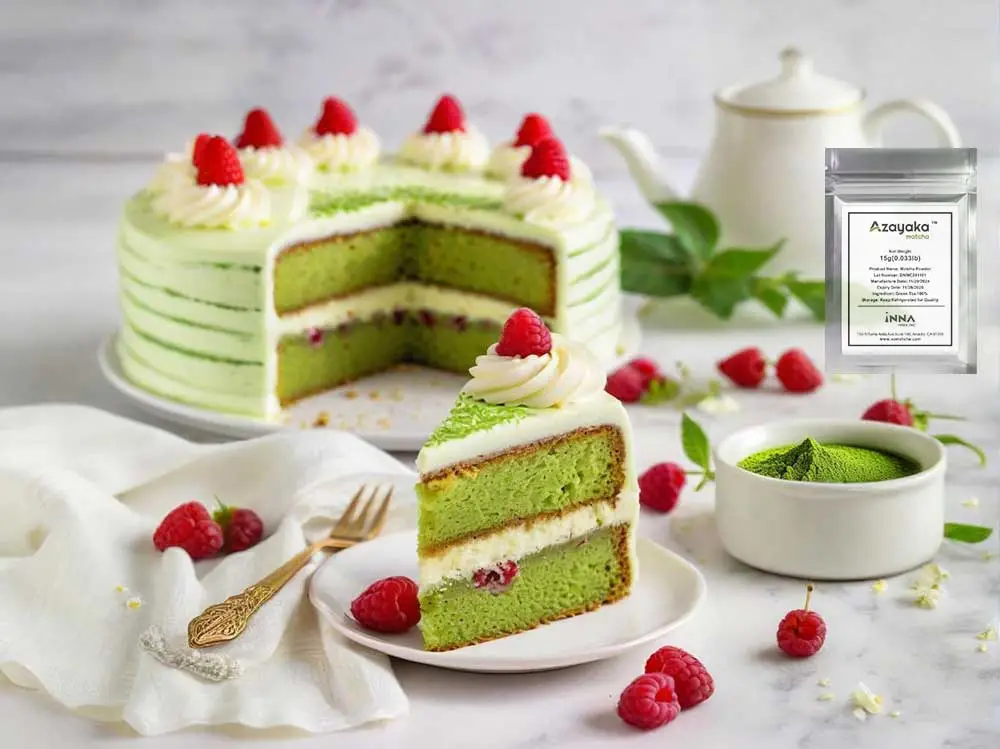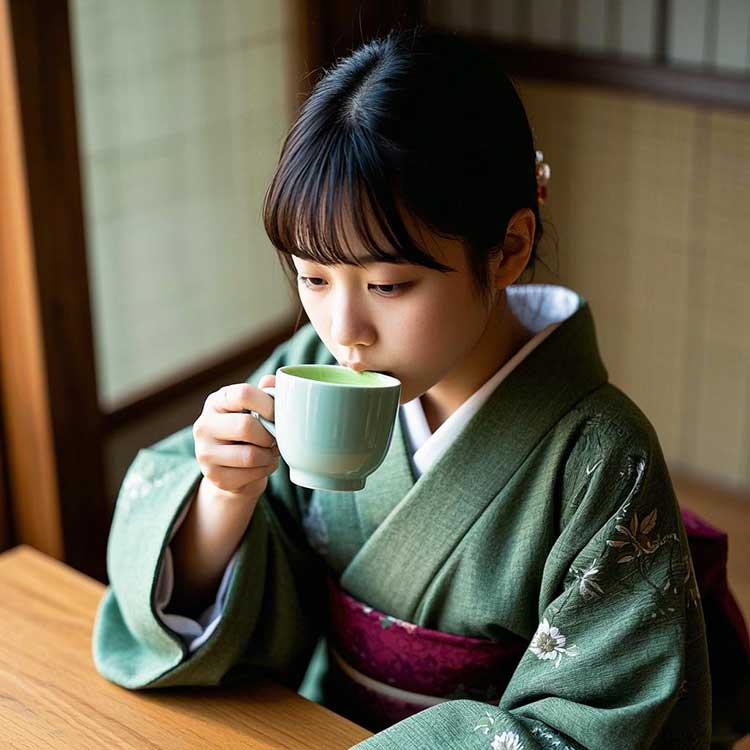Matcha Culture: A Journey Through Time and Tradition
Matcha, derived from the ancient Japanese term for powdered green tea, represents a profound aspect of Japanese tea culture. It has evolved from a simple beverage into a cultural symbol, encapsulating the essence of traditional Japanese drinks. This article delves into the origins, processing, products, and broader cultural significance of matcha.
1. Origins of Matcha
The history of matcha is deeply intertwined with Chinese tea culture. It is believed to have originated during the Wei and Jin dynasties in China, where fresh tea leaves collected in spring were steamed, processed into cake tea (tuancha), and stored. When ready for consumption, the cake tea was dried over fire, ground into a fine powder using a stone mill, and mixed with boiling water, creating a frothy drink.
During the Song Dynasty, matcha was introduced to Japan, gradually integrating into Japanese cuisine and daily life. By the Muromachi period (14th century), matcha was revered as a premium beverage, enjoyed by the feudal aristocracy as a mark of refined living.
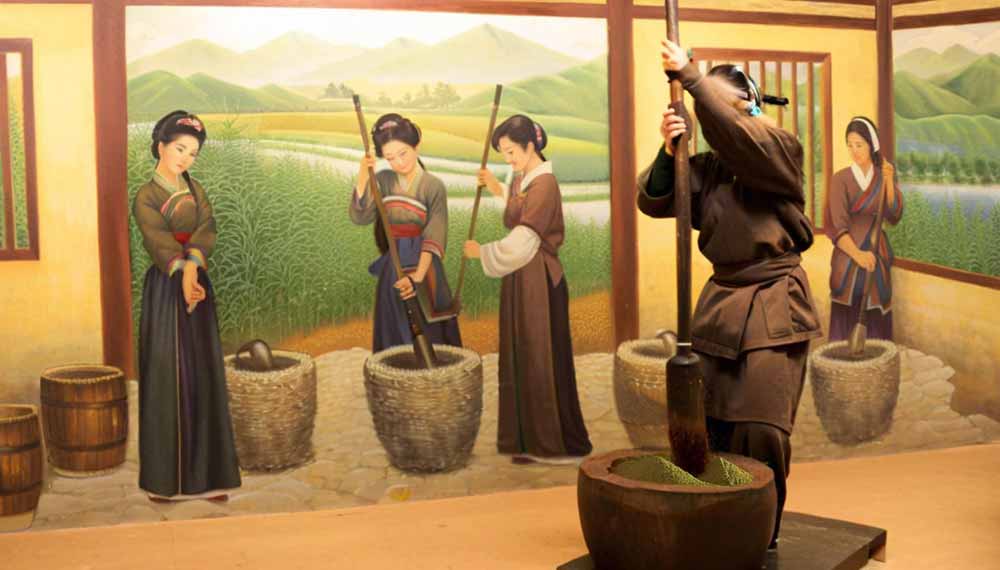
2. Processing Matcha
The production of matcha is a meticulous process requiring skill and patience. Prior to harvest, tea plants are covered for about 20 days to enhance chlorophyll development and flavor. The coverage can be as extensive as using芦苇帘子 and straw mats for 98% light blockage or simpler methods like black plastic nets providing 70-85% shade.
Once the leaves are plucked, they undergo steam fixation to kill enzymes and preserve the tea’s fresh aroma and green color. This process results in a tea with a unique scent and taste, characterized by compounds like cis-3-hexenol and A-ionone.
After drying, the leaves are ground into a fine powder using traditional stone mills. This powder is what constitutes matcha, known for its vibrant green color and smooth texture.
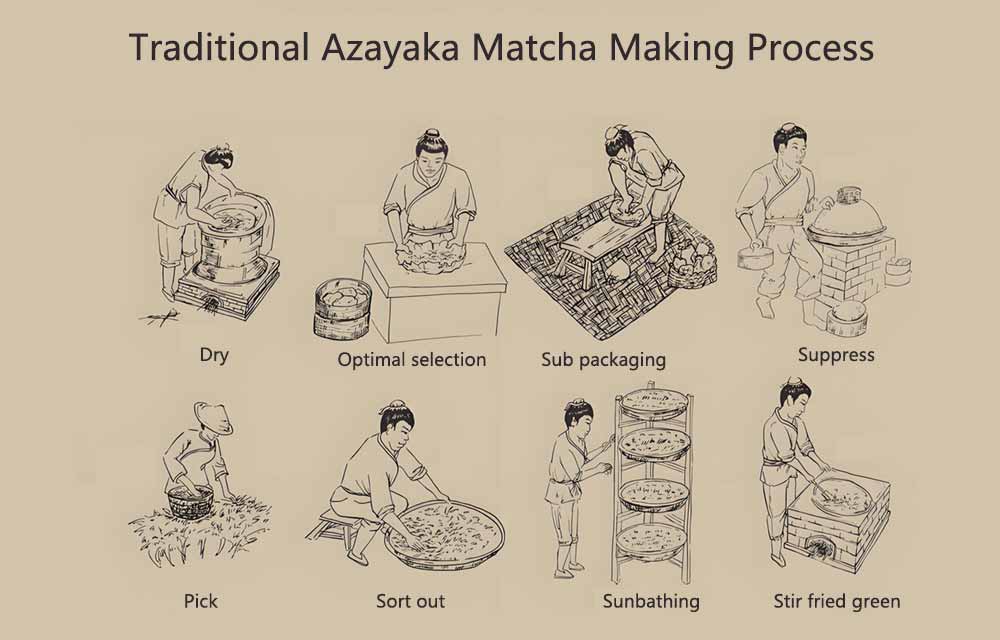
3. Matcha Products
Matcha is not limited to being a beverage; it has found its way into various Japanese culinary delights. From matcha ice cream and cakes to bread and candies, the tea adds a distinct, enchanting aroma to these sweets. It is also used in sushi and sashimi to enhance the dish’s complexity.
Moreover, matcha has ventured into non-food products, including cosmetics such as matcha face masks, lotions, and shampoos. These products leverage matcha’s natural antioxidants and nutrients to promote skin health.
4. Nutritional Benefits
Matcha is rich in essential nutrients and trace elements, including tea polyphenols, caffeine, amino acids, chlorophyll, vitamins, and minerals. Per 100 grams, matcha contains 6.64 grams of protein, 50.08 grams of dietary fiber, and 12,090 micrograms of tea polyphenols. These components contribute to various health benefits, such as antioxidant protection, eye health, and beauty enhancement.

5. Cultural Significance
Beyond its nutritional value, matcha holds a significant place in Japanese culture and spirituality. It is often associated with mindfulness and tranquility, reflecting Zen Buddhist practices where matcha is used during meditation to aid focus and clarity.
Recently, the global interest in Eastern philosophies and lifestyles has led to the proliferation of matcha-themed exhibitions and events. These gatherings showcase the diverse ways matcha is utilized across cultures and highlight the religious and philosophical influences shaping its use.
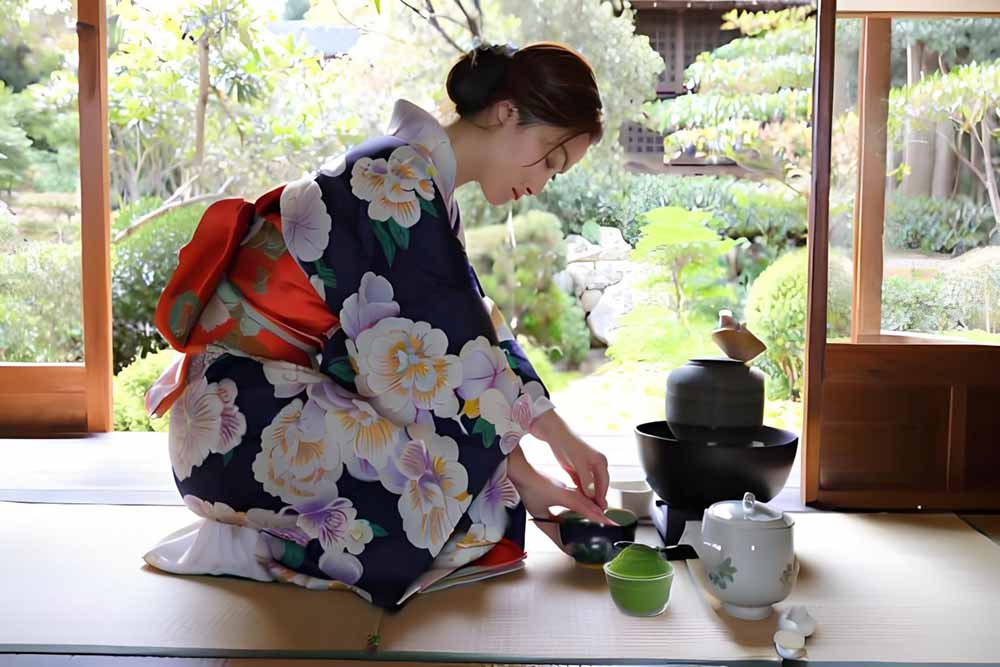
Matcha culture is a testament to the rich history and intricate practices of tea making. From its origins in China to its peak in Japan, matcha has evolved into more than just a drink—it is an art form, a health elixir, and a spiritual aid. Through exploring its processing, products, and cultural significance, one can appreciate the depth and beauty of this ancient tradition. Whether enjoyed as a beverage, incorporated into food, or used in beauty products, matcha continues to enchant and inspire people worldwide.


